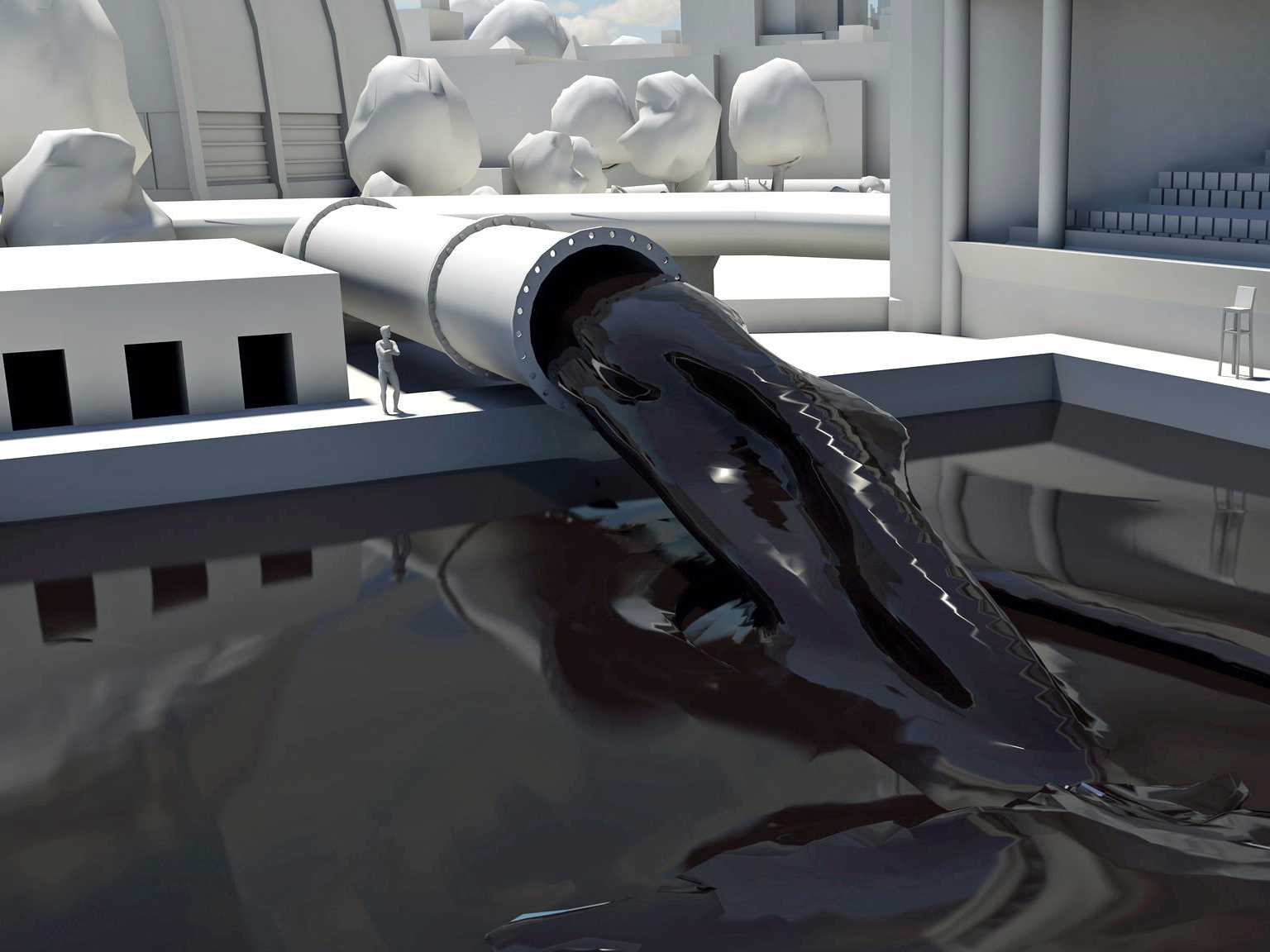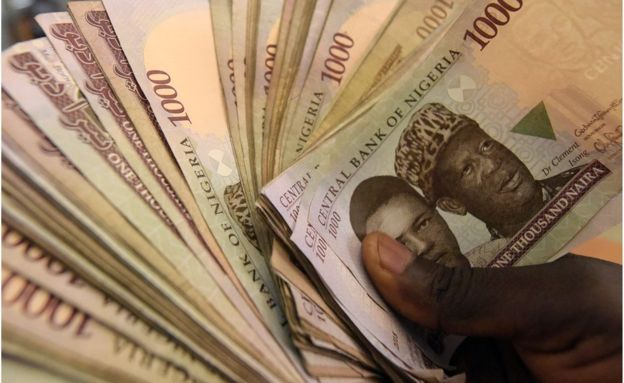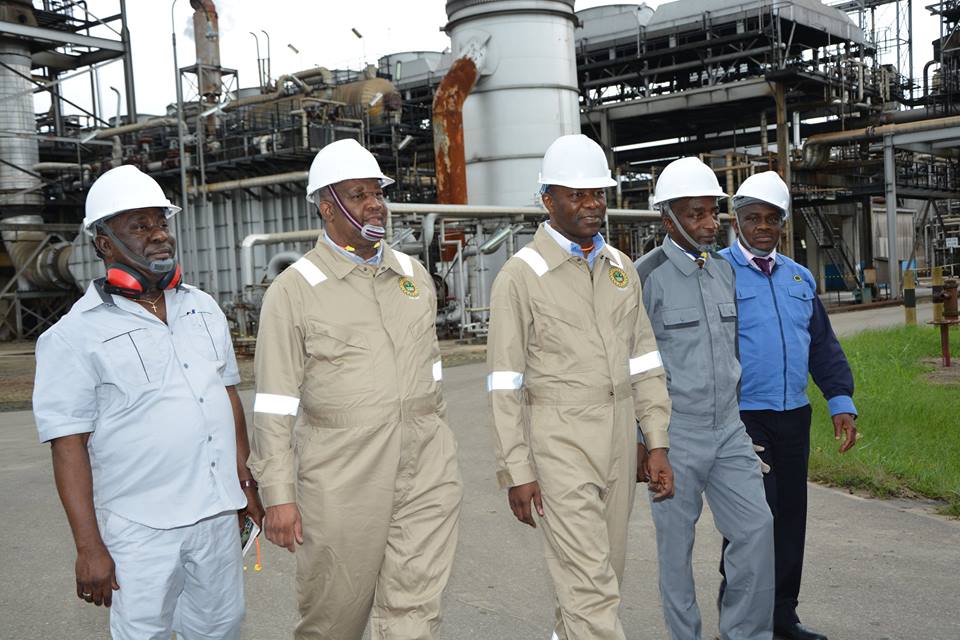Crude oil bulls just can’t get a break these days. Then again, neither can the bears. Just when the buy side gains ground, the sell side retakes it. Currently, the markets are at dealing with forces just as powerful as the fundamentals of supply and demand. Forces such as OPEC and US President Donald Trump’s seismic new administration.
On the supply side, global crude oil inventories continue to be well stocked, rising by 0.9 million barrels per day in 2016. They’re set to slow to 0.3 million barrels per day in 2017, estimates the US Energy Information Administration (EIA). Inventory builds will slow even further to 0.1 million barrels per day in 2018, and will draw by 0.1 million b/d by the second half of 2018.
OPEC dealt with the crude oil glut by cutting supply at the end of 2016. Crude oil prices rose in response. They sustained over $50 per barrel and occasionally breached $55 per barrel. But traders were wary about OPEC’s deal falling through. Countries like Iran abstained from the deal and are now picking up production. Russia just overtook Saudi Arabia as China’s main oil supplier. This raises doubts about how long their deal to cut production can last.
The main concern in the oil markets was US shale oil, widely seen as OPEC’s most serious competitor. Turns out there is cause for concern, as Trump talks about slapping a 20 percent ‘border adjustment’ tax on crude oil and other imports.
Advertisement
OPEC used production cuts to boost oil prices, while Trump plans to use taxes to achieve the same end. Trump’s administration is shaping up to be a wild card for demand. Whether the intervention forces approach softly-softly, or with tough talk, fundamentals don’t lie. US GDP grew slower than expected in the last quarter of 2016. And the US is the world’s largest consumer of oil, so the slowing growth casts doubts on the strength of demand going into 2017.
US manufacturing only grew by one percent in 2016 and the sector has consistently under-performed other parts of the economy. It’s expected to grow by 4.6 percent in 2017, provided costs see a modest rise, according to the Institute of Supply Management (ISM). A 20% rise in crude oil costs from the import tax isn’t modest. So, local manufacturers could turn to US shale to supply what it needs instead. Domestic crude oil sources would undercut other global suppliers – and demand would rise. If demand rises sharply, the shale oil price would likely spike, meaning more immodest costs for manufacturers. Higher costs would drag on the pace of growth in the manufacturing sector in 2017.
In other parts of the world, China’s oil consumption is set to grow by three percent in 2017. China remains a key driver for oil prices. But the Trump era has started with fighting talk, and a trade war between the two giant economies is a possibility. There’s a risk that import taxes in the US could be matched by import taxes in China. This would negatively affect China’s manufacturing sector, hitting demand for crude oil. Import taxes on American goods would in turn have an impact on the US’ manufacturing sector. Protectionist import taxes threaten to be a lose-lose proposition for both economies.
Advertisement
By far the strongest demand for crude oil in 2017 is set to come from India. A seven to eight percent rise in consumption is likely, more than double the expected level in China. India is going to play an even more important role on the demand side this year. It’s now the third consecutive year that India’s demand is outstripping China’s. In 2016, demand for crude oil reached a record-breaking 11% growth in India.
The main question remains. Will world growth in 2017 be enough to make up for the slowdown between 2014 and 2016? The answer is no, at least according to current forecasts. World growth was 2.5% and 2.2% respectively in 2015 and 2016, and is forecast at 2.7% in 2017. It won’t be until 2018 that world GDP growth is robust enough at 3% to challenge the crude oil inventory builds. But for 2017, India is a bright spot for crude oil demand. China and the US should see stable growth in demand for oil this year, provided they avoid an expensive protectionist trade war.
Add a comment






